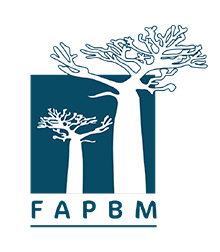Flagship Species
The Harmonious Landscape of Ankarea is of known ecological importance thanks to its rich marine biodiversity: a wide variety of resilient coral reefs, marine mammals, sharks and rays, as well as sea turtles. Coral cover in the Harmonious Landscape of Ankarea is estimated at 40%, with the greatest biological wealth in the Indian Ocean. The PA is ranked among the top 10 sites in the world in terms of fish species richness, with a potential biomass of reef fish. It has three marine turtle nesting sites: the islet of Tsarabanjina and the villages of Ankarana and Andatsatsa on Grand Mitsio. In addition, the site’s phanerogam meadows provide food for marine mammals and green turtles.










